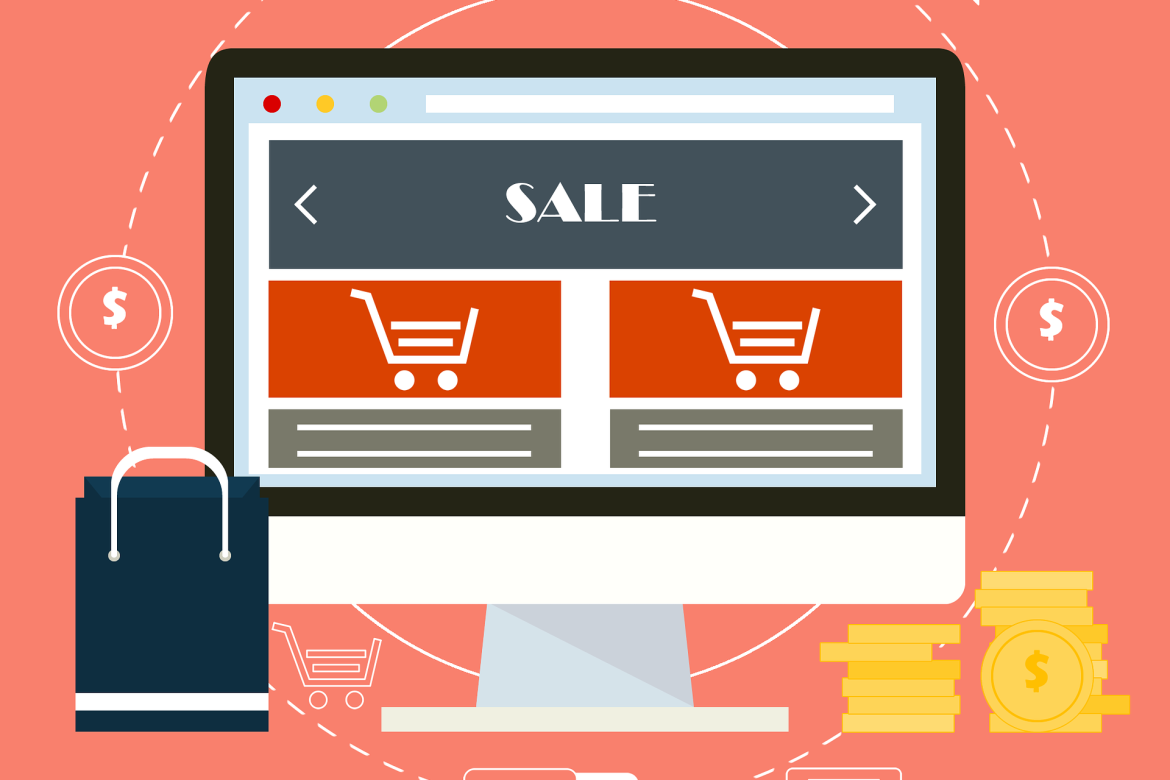
E-commerce Strategy & Planning
E-commerce has become an essential part of the business world, and it’s not just for big brands. With the rise of online shopping, small and medium-sized businesses can also benefit from selling products online. However, to succeed in the e-commerce world, you need to have a solid strategy and plan in place.
In this article, we’ll go over some of the key elements of e-commerce strategy and planning to help you get started.
Define Your Target Audience
Before you start building your e-commerce site or creating product listings, you need to define your target audience. Who are the people you want to reach with your products? What are their demographics, interests, and behaviors? Understanding your target audience is crucial for creating effective marketing campaigns, building a user-friendly website, and creating products that meet their needs.
Choose the Right Platform
There are many different e-commerce platforms available, each with its own pros and cons. Some of the most popular options include Shopify, WooCommerce, and BigCommerce. When choosing a platform, consider factors such as ease of use, customization options, payment processing, and integrations with other tools and services you might need.
Create a User-Friendly Website
Your e-commerce website should be easy to navigate and use, with clear product descriptions, high-quality images, and intuitive checkout processes. Make sure your website is optimized for mobile devices, as many people now use their phones to shop online. You may want to consider hiring a web designer to help you create a professional-looking site.

Develop Your Product Catalog
Once you have a target audience and a platform in place, you can start creating your product catalog. Think carefully about which products to offer and how to present them to your customers. Consider factors such as pricing, shipping costs, and product descriptions. You may also want to offer discounts or promotions to incentivize customers to make a purchase.
Set Up Payment and Shipping Options
Payment processing and shipping logistics are critical components of any e-commerce strategy. Make sure you have a secure payment gateway in place, and consider offering a range of payment options to meet the needs of your customers. You’ll also need to figure out how to handle shipping and delivery, including determining shipping rates and working with a reliable shipping provider.
Create Marketing and Sales Strategies
Finally, you’ll need to develop a plan for promoting your e-commerce store and driving sales. This might include creating social media campaigns, running targeted ads, and offering special promotions or discounts. Consider using email marketing to reach out to customers and build long-term relationships. You may also want to invest in search engine optimization (SEO) to help your website rank higher in search results.
In conclusion, creating a successful e-commerce strategy requires careful planning and attention to detail. By defining your target audience, choosing the right platform, creating a user-friendly website, developing your product catalog, setting up payment and shipping options, and creating marketing and sales strategies, you can build a thriving e-commerce business that meets the needs of your customers and grows over time.

